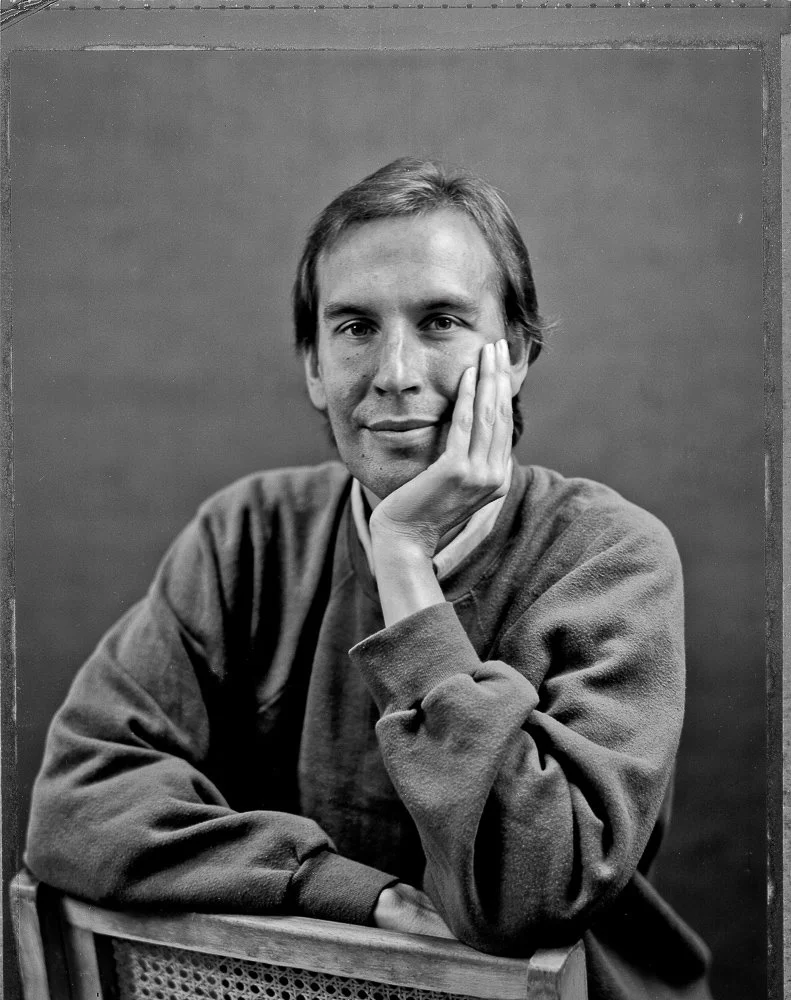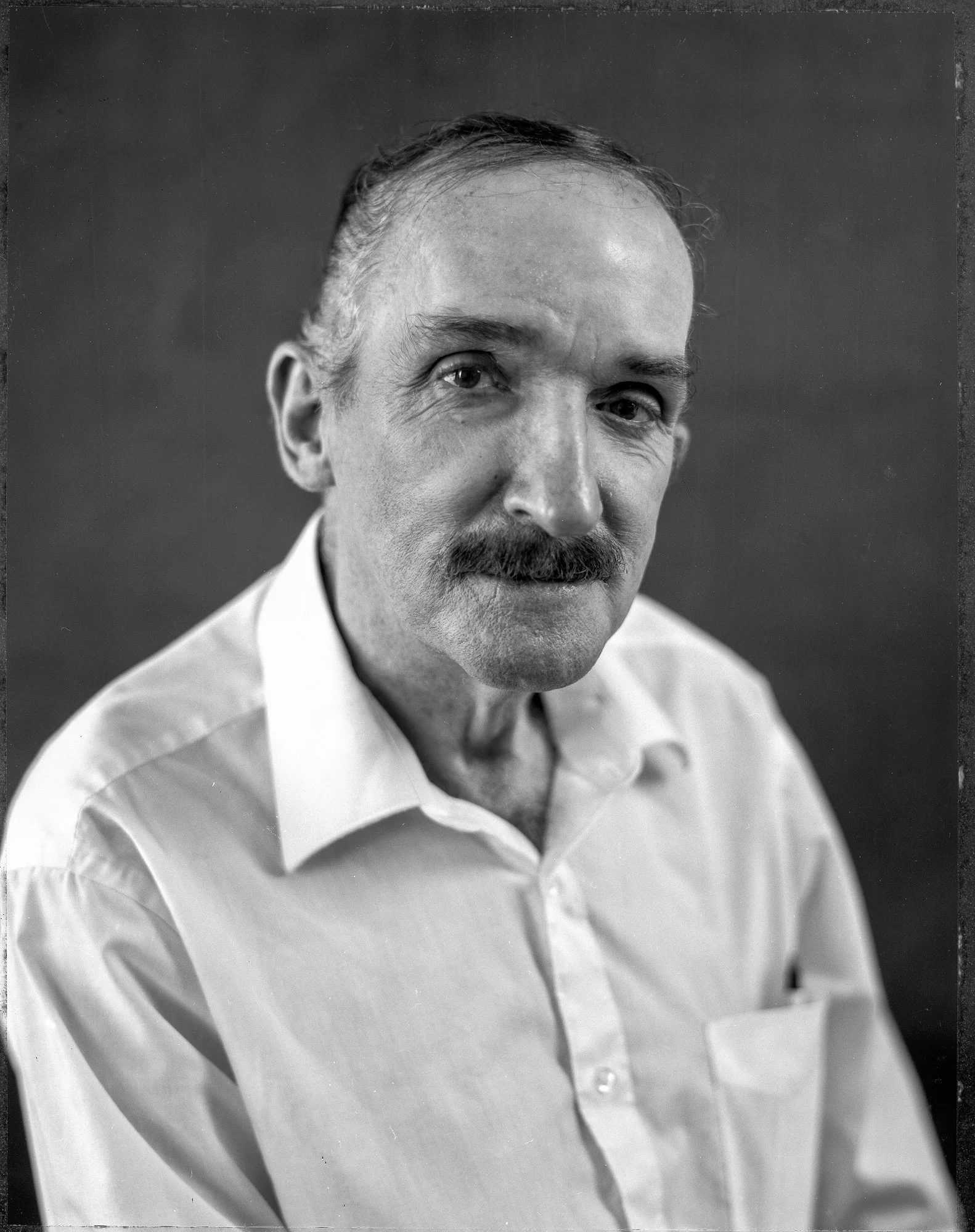AIDS Self-Portrait Project: 1989-1995
Inspired by Cleve Jones’ Aids Quilt, first shown in San Francisco in1987, fellow artist Sharon Siskin started Positive Art. Classes that were held at newly founded Centers for Aids Services : Rest Stop in San Francisco, the Center for Aids Services in Oakland, and Tranquillium in Richmond. Sharon asked me to come to the Centers and take portraits.
When I started taking these portraits in 1988, there was no “ AIDS cocktail “, so all HIV positive clients were at risk of dying from this dreadful disease. During the portrait project, some clients would come dressed for a formal portrait, often their last.
Some clients were regular participants in the art classes at the centers, while others just came in for a portrait. Because of the vulnerability of the portrait subjects, it was important to level the playing field so that each sitter could have agency in the portrait making process. Using a 4 x 5 view camera on a tripod with an extended pneumatic shutter release allowed each sitter to control the exposure time. Coupled with Polaroid Type 55 black and white film, which produced a print as well as a negative, the portrait sessions became a communal effort. As the prints were peeled from the negative and passed around, more and more people were encouraged to join in, and soon there was a party atmosphere in the art room. Onlookers were encouraged to join in. The polaroid negatives floated in trays of sodium sulfite in the art room, while the 4 x 5 prints went to each sitter after being shared. As word of the portrait sessions got around, family members would come in to pose with their HIV positive relative.
“These self-portraits were taken at the height of the AIDS crisis - before effective drugs were available and in a political and social climate that was extremely hostile to those living with and dying from the disease. These are resolutely not photographs that describe or reassert that suffering. O’Connor speaks of a party atmosphere in the sessions and this comes through, some are playful and all seem to be enjoyed. One can presume and imagine the enjoyment and exchange as the instantaneous results allowed by the polaroid medium were passed around. Skills were shared, results assessed, poses reposed, and the release stayed in the hands of the sitters. These strong and self-asserted portraits flow counter to the stream of imagery we have from the era.”
KAREN MCQUAID
Senior CuratorThe Photographers’ Gallery
UK






































